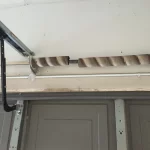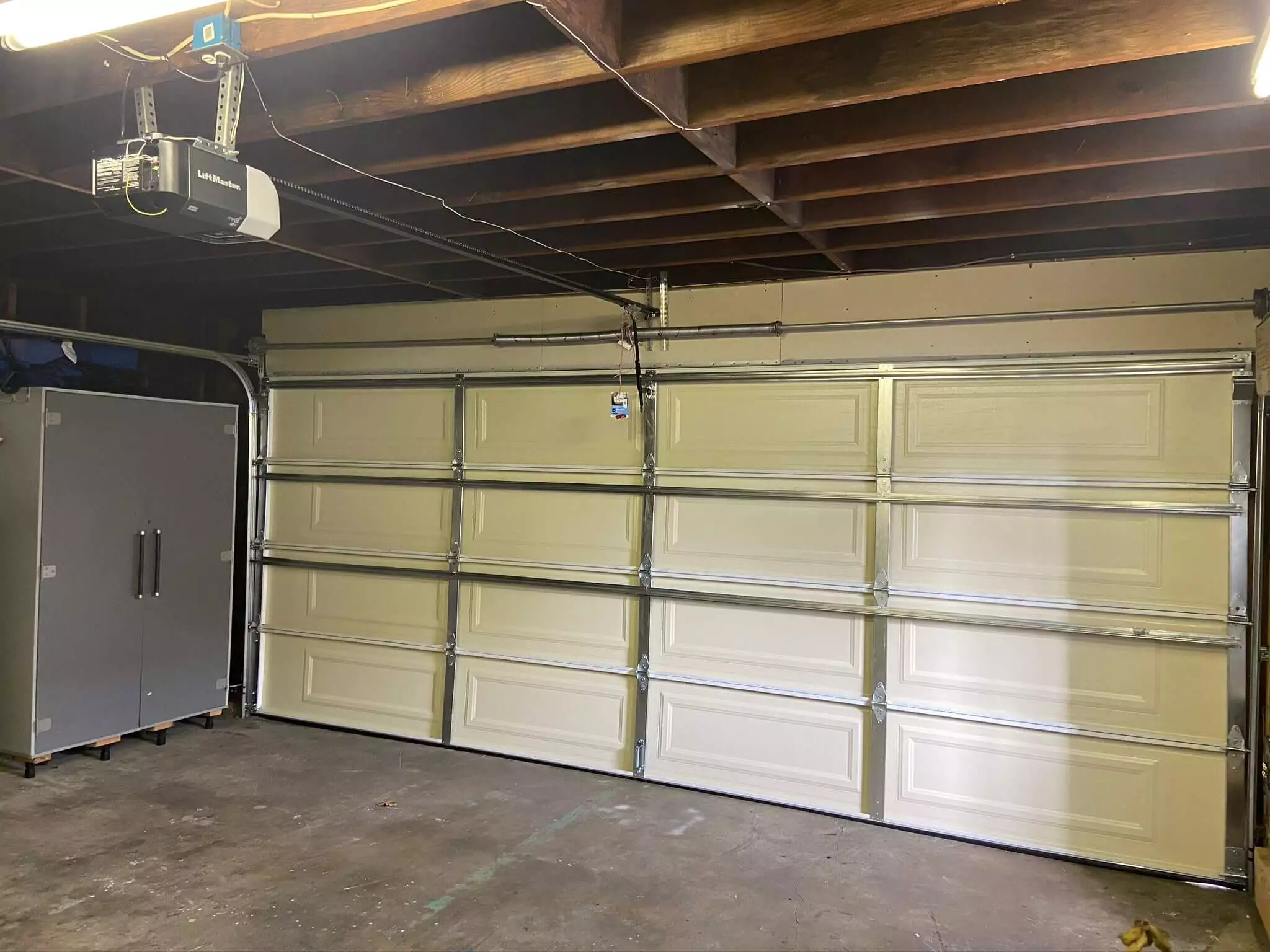Working with aerial work platforms and scissor lifts, commonly known as versa lifts, can be dangerous if not operated properly. Versa lifts are used in many industries for tasks like maintenance, construction, and repairs that require working at heights.
While versa lifts make these jobs safer and more efficient compared to ladders or scaffolding, accidents can still occur if the operator is not well-trained. Proper certification ensures operators know how to safely use this equipment.
Content
Understanding Certification Requirements
Most rental companies and employers require versa lift operators to complete certified training before using these machines. Certification standards like ANSI A92 in the US and CSA B354 in Canada set minimum training requirements.
Trainees must understand the controls, safety features, inspection procedures, and proper operation techniques through a combination of classroom and hands-on training. An exam tests their knowledge before certification. Recertification may be needed periodically to ensure safe work practices.
Mastering Controls and Safety Systems
During training, operators learn each control and how it impacts the machine’s movement and functions. They practice driving, lifting, and lowering platforms to familiarize themselves. Trainees also learn safety systems like emergency stop buttons, alarms for improper use, and backup sensors or cameras to avoid collisions.
Being comfortable with the controls and understanding all warning indicators and safety features helps operators work confidently and responsibly.
Conducting Inspections and Maintenance
The certification course covers pre-operation inspection procedures. Trainees learn to check for fluid leaks, worn parts, proper tire pressure and function of lights, alarms and safety systems. They must understand how and when to conduct maintenance.
Operators are responsible for documenting issues and not using defective equipment. Routine inspection and maintenance by a certified mechanic helps prevent accidents from component failure.
Following Worksite Safety Rules and Setup
Certification ensures operators know worksite-specific safety rules regarding fall protection, traffic control, load capacity and more. They learn proper setup on various surfaces, including outriggers, stabilizers and platform position relative to the work area and overhead hazards.
Trainees understand load charts and not exceeding rated capacities which could lead to tipping accidents.
Avoiding Hazards and Using Safe Work Practices
Through practical exercises, certification helps operators identify potential hazards and avoid risky behaviors. They learn to keep the platform surface uncluttered, use three points of contact when entering/exiting and not to use versa lifts as a crane or man-lift.
Trainees understand restrictions on using platforms during storms or high winds. The training emphasizes following all safety rules, signs and tags to avoid accidents.
Importance of Recertification
With time and lack of regular use, operators can forget proper procedures or new safe work practices may have been introduced. Recertification ensures their skills and knowledge remain up-to-date.
Standards may also change, requiring recertification to continue using equipment legally and safely. Refresher training identifies any bad habits to correct. It helps maintain a safety culture in the workplace.
Conclusion
Proper operator certification provides the foundation for safe versa lift hire. Through comprehensive, hands-on training, operators master machine controls, inspection procedures, hazard avoidance techniques and other best practices.
Certification standards help ensure only qualified individuals use this potentially dangerous equipment. It protects both operators and those working near aerial lifts. Following certification requirements is key to avoiding accidents while allowing efficient work at heights.

Bradley attended Boston University where he received a Bachelor’s degree in Economics and Political Science as well as a Master’s degree in Business Administration from Columbia University Graduate School of Business (currently attending). He loves to write about everything business related.











